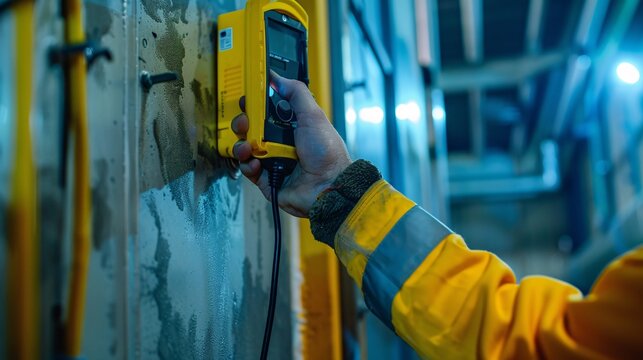ROAR Training Solutions
MSMWHS217 - Gas Test Atmospheres
MSMWHS217 - Gas Test Atmospheres
Couldn't load pickup availability
Course Title: MSMWHS217 - Gas Test Atmospheres
Course Description:
MSMWHS217 - Gas Test Atmospheres is a critical safety training program designed for individuals working in environments where hazardous gases or unsafe atmospheric conditions may be present. This course is particularly relevant for workers in industries such as mining, construction, manufacturing, oil and gas, and confined space operations. Participants will gain the knowledge and practical skills needed to perform gas tests effectively and ensure a safe working environment by identifying potential atmospheric hazards.
The course focuses on the use of gas detection equipment to assess oxygen levels, the presence of flammable gases, and toxic substances in the atmosphere, both in confined spaces and open environments. Participants will be trained on how to safely perform these tests and interpret the results to make informed decisions about safety actions.
Key topics covered in this course include:
-
Understanding Hazardous Atmospheres: The course starts by introducing the different types of gases that can pose a risk to health and safety, including oxygen-deficient environments, flammable gases, and toxic substances. Learners will understand the properties of gases and how they behave in various environments.
-
Gas Detection Equipment: A hands-on introduction to the various types of gas detection devices and their proper use. Participants will learn how to calibrate, operate, and maintain portable and fixed gas detectors used to measure oxygen levels, combustible gases, and toxic gases.
-
Risk Assessment and Safe Work Practices: Participants will learn how to conduct a risk assessment of the environment before entering a potentially hazardous area. This includes evaluating the results from gas testing and understanding the implications of different gas levels. Procedures for managing risks and ensuring personal safety will be emphasized.
-
Conducting Gas Tests: Practical, real-world training on how to conduct gas tests in various conditions, including confined spaces, pits, tunnels, and other restricted environments. Learners will gain proficiency in assessing air quality, identifying hazards, and ensuring the atmosphere is safe for entry or ongoing work.
-
Interpreting Test Results: The course teaches how to analyze the results from gas tests to identify whether hazardous gases are present and determine appropriate actions. This includes setting alarm thresholds, interpreting readings, and understanding the required response to different gas levels.
-
Emergency Procedures and Safety Protocols: Participants will be trained in emergency procedures, including evacuation protocols in case of gas detection alarms or hazardous atmospheres. They will learn how to report hazards, communicate effectively with the team, and understand the roles and responsibilities of workers involved in safety monitoring.
-
Regulatory Compliance and Documentation: Understanding the importance of compliance with workplace safety regulations, including how to document gas test results accurately and report any unsafe conditions. The course ensures participants understand legal obligations and best practices for recordkeeping and compliance.
Upon completion of the MSMWHS217 course, participants will be able to conduct comprehensive gas tests, use detection equipment proficiently, interpret atmospheric conditions, and take appropriate safety measures to mitigate the risks of hazardous environments. This certification is essential for workers who are responsible for maintaining safety in areas where gas exposure is a concern, and it helps ensure compliance with industry standards and safety regulations.
This course is suitable for workers in industries such as mining, oil and gas, construction, and manufacturing, particularly for those responsible for working in or around confined spaces, pits, or tunnels, or for anyone involved in health and safety monitoring in high-risk environments.








